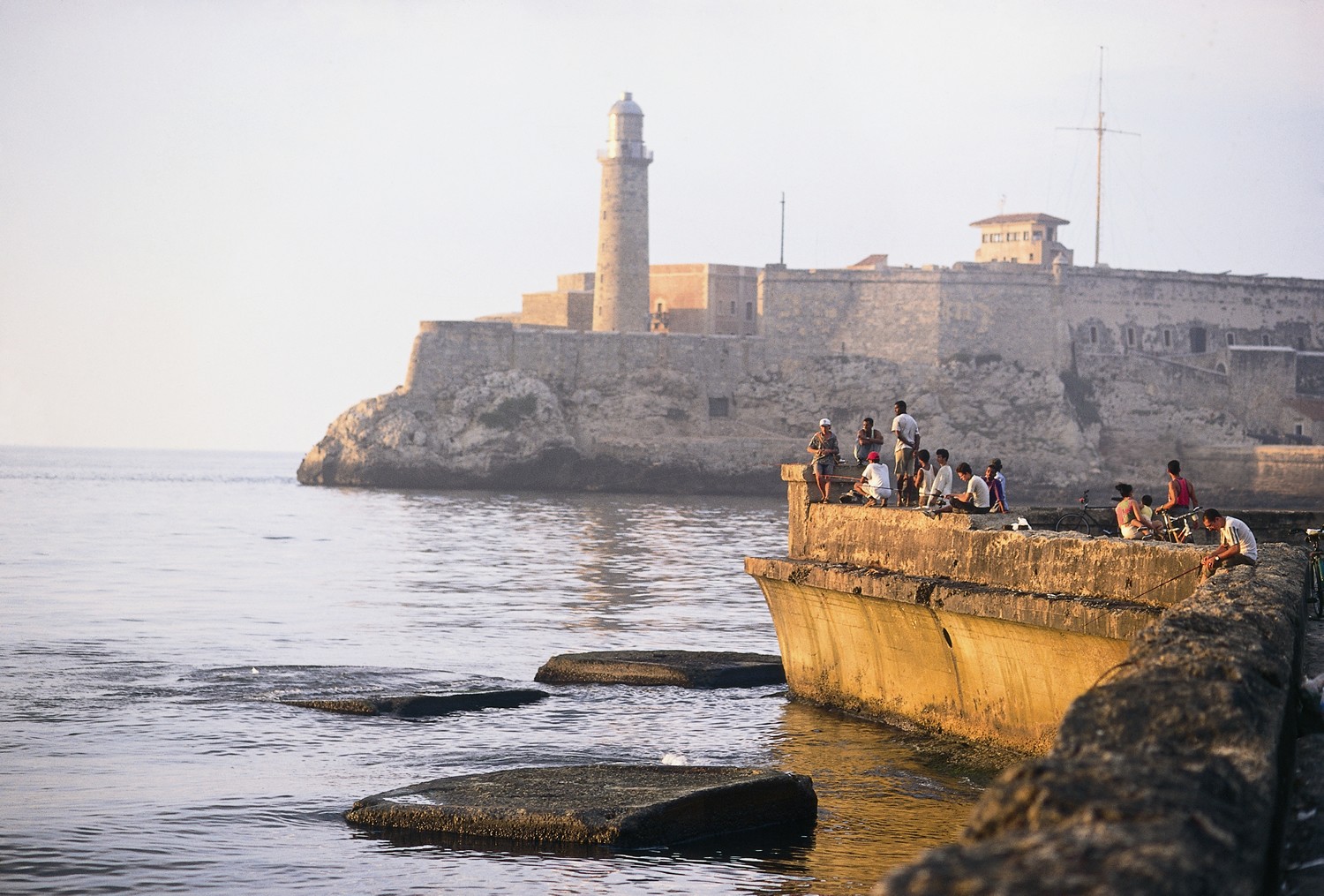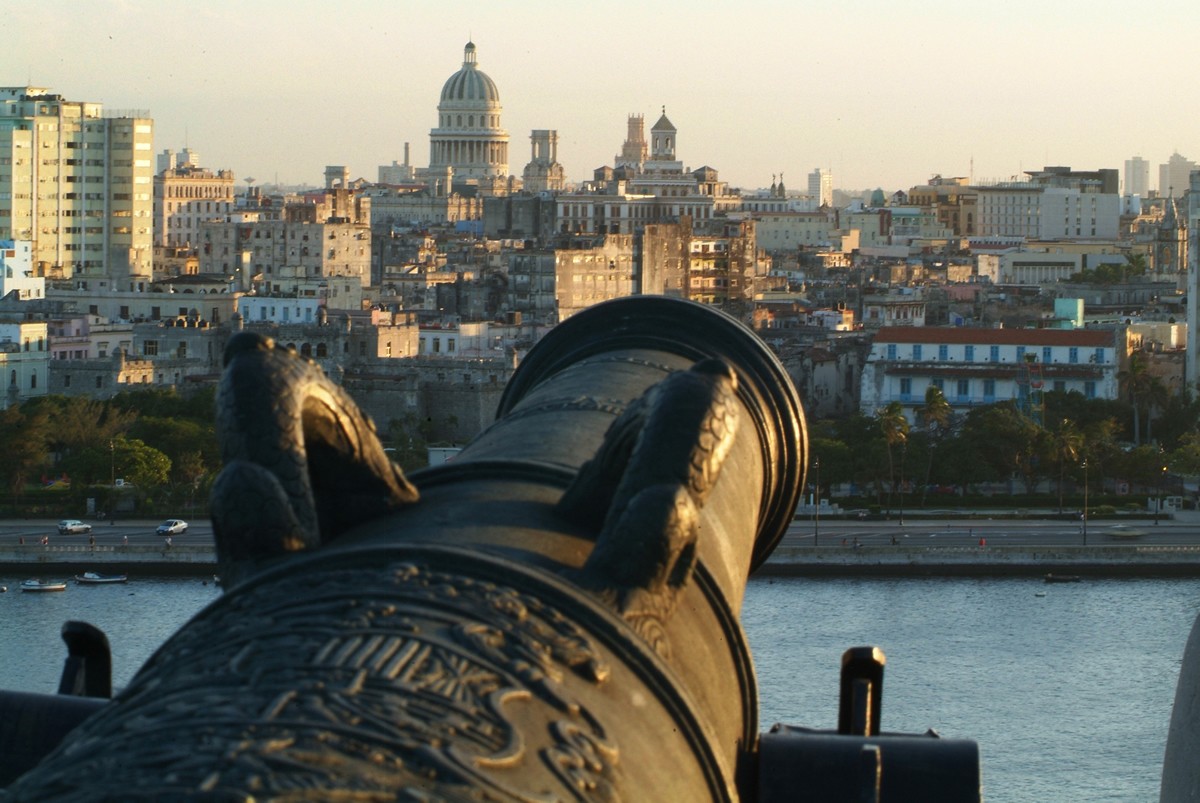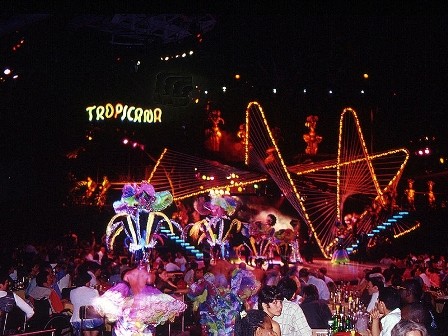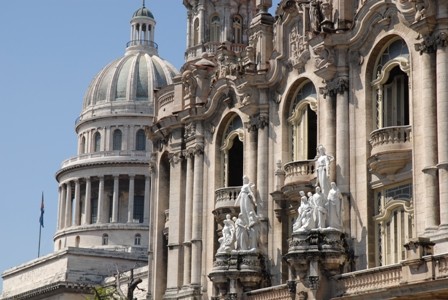Havana Cuba
[checkfront]Havana is the Cuban Capital and its historic center or Old Havana is considered by UNESCO World Heritage since 1982.
The foundation of the city of Havana Cuba, in its final place next to the entrance channel of a well protected bay, dates far back to November of 1519. La Villa de San Cristóbal de la Habana, became with the course of time, the meeting place for the Spanish fleets in charge of transporting to the Metropolis all the wealth extracted from their domains in the so called New World. It also became the center of trade and communications between the region and the Old Continent.
Walking on the streets of Old Havana, many of them still cobbled, also represents the opportunity of getting acquainted with more than a dozen museums and studio-galleries of famous Cuban and Latin American fine artists.
The famous Malecon of Havana Cuba, about 12 kilometers, links the traditional center to the neighborhood of Vedado, where La Rampa, allows easy access to other places of interest for visitors like the University of Havana Cuba, the Revolution Square, the José Martí Monument (highest lookout in the city, 138,5 meters over the sea level) and the Cemetery of Colon with artistic values.
Like any other great city, Havana is the center of the political, scientific and cultural life of the nation. Tens of museums, theaters and concert halls, galleries of art and cultural institutions are known all over the city, and some like the National Ballet of Cuba, the House of the Américas, the Foundation of New Latin American Film, or the National Folkloric Dance Group have earned international reputation.
And, of course, it is also a city where you can find good food and entertainment like la Bodeguita del Medio, El Floridita and The Tropicana Show seen by thousands of visitors every year.
Cuba Travel Expert Recommendations’
National Capitol
Located in Paseo del Prado e/ Dragones y San José in Old Havana this was the venue of the House of Representatives and the Senate of the Republic. When you tour the building you see several kinds of Marble were used for the construction of its floors, from which arises a copula that is over 90 meters high, and visible from different areas of the city. Under the copula, and representing the republic. The Hall of the Lost Steps was designed for official ceremonies and the building is currently used as the Ministry of Science, Technology and the Environment and is also the venue of the Institute of Scientific Information and Technology.
Tropicana
Located in Calle 72 in Marianao a few minutes from downtown Havana, this is the original and still reigning cabaret show in Cuba. The Tropicana has been at it for over 60 years and it shows no signs of slowing down. The sea of lithe dancers, the exuberance of their costumes, and the sheer excess of it all is worth the trip. It all occurs under the stars in the shadow of tall overhanging trees that takes you back to 1950’s through the most popular Cuban music and dance . There’s a second Tropicana in Matanzas for visitors to Varadero, and another in Santiago. It also offers international cocktails and food services.
Malecon
Located along Antonio Maceo Avenue, the area known as the traditional Malecon of Havana was the first attempt to urbanize the coastal strip of the city. It was first built from the Castillo de la Punta (La Punta Castle), at the entrance of the bay, up to the cove of San Lazaro, during the early decades of the last century. It is a remarkable piece of work since it is in harmony with the architectural complex. Today, the Malecon represents the life of the city where relevant developments of culture and history take place and represents a unique symbol of the capital.
Palacio de los Capitanes Generales
Located in Calle Tacón e/ Obispo y O´Reilly in Old Havana, this building represents the Cuban architecture of the 18th century. Its construction started in 1776 and was used as the headquarters of Capitular Houses, jails, and residence of the Generals of the Army of the Island. It is used currently as the Museum of the City.
Catedral de La Habana
Located in Calle Empedrado No. 158 in Old Havana, this is great example of the so-called “Cuban baroque style,” that was developed in Cuba at the
beginning of the 18th century. Its construction started in 1748 and finished in 1777.
Cathedral Square
Located in Calle Empedrado in Old Havana, this was the last one of the main squares to be built. During the second half of the XVI century, some
neighbors built their houses in this area and named it the swamp, because this is where the waters coming from the city gathered before going into the
sea. This square became one of the main places of the city during the XVIII century, wealthy families of Havana’s high society started then to build
mansions that can still be seen in the area. Its aspect changed completely, and its name became Cathedral Square after the outstanding Church of Jesus was built on one of its sides.
José Martí Revolution Square
Located in Calle Paseo in Plaza de la Revolución, this area was originally called Civic Square, in the 1950s. During the past 40 years, it has been the
scene of the largest demonstrations of the Cuban people and a permanent site for defending revolutionary principles, sovereignty and independence. José
Martí National Library, the Ministry of the Interior (whose walls bear a representation of the face of Che Guevara), the Palace of the Revolution
(headquarters of the Council of State, the Council of Ministers and the Central Committee of the Communist Party of Cuba) and the National Theater of Cuba are all located facing the square.
Ernest Hemingway Museum
Located in La Vigía farm, San Francisco de Paula in San Miguel del Padrón, this was the house where the famous American novelist Ernest Hemingway,
winner of the Noble Prize of Literature, lived from 1939 to 1961. Each object, book and furniture, still remain in the same place and are carefully preserved as part of our important cultural heritage.
Café del Oriente
Located in Calle Oficios, La Habana Vieja, in this 19th Century classic Café, you can enjoy a good cup of coffee and taste delicious Cuban cigars with international cuisine where the most demanding gourmet will be satisfied.
Cigars
Cigars are Cuba’s most-prized product. The word “Cubans” is synonymous with
the highest quality cigars on the planet. Locally, they are called puros or
habanos; the latter is the name of the country’s official cigar company. All
of the various brands — Partagas, Cohiba, Romeo y Julieta, Punch, and so on
— are marketed by Habanos S.A. Habanos markets its product through a series
of storefronts usually called something like La Casa de Tabaco or La Casa
del Habano.
Paladar La Guarida
This unique International Cuisine Private Restaurant is an early
20th-century town house converted into one of the most famous paladars in
Cuba and has a wonderful ambience. , La Guarida was the setting for several
scenes in the Oscar nominated film “Fresa y Chocolate.” Pictures of movie
stars and tables lighted with dripping red candles create an ambience that
recalls The Havana of the 1920’s.
LOCAL EXCURSIONS
[dt_packages_list limit=”6″ carousel=”true” post_column=”one-third-column” /]



